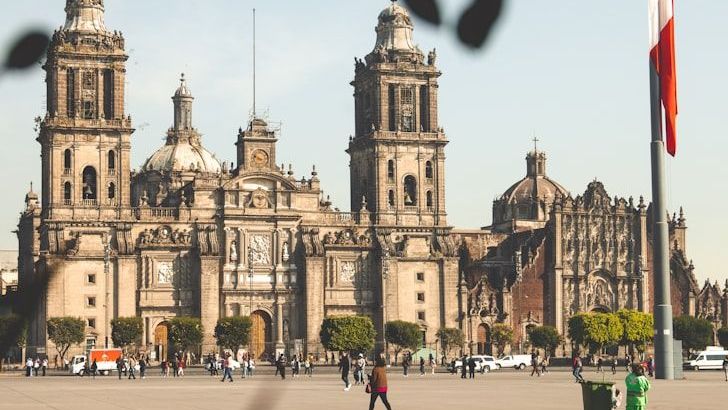Buffalo Nickels Could Be Worth Thousands – Here’s How to Spot One
The Million-Dollar Discovery in Pizza Money
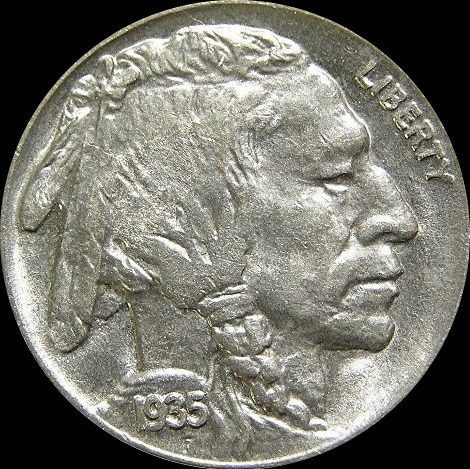
You might find it hard to believe, but collectors have discovered valuable Buffalo nickels in unexpected places, with high-grade examples selling for hundreds of thousands of dollars. This particular coin was a 1918/17-D overdate error, where the 1918 date was pressed over a 1917 one by mistake at the Denver mint, with only about 200 known to exist. Such discoveries show how treasures hide in plain sight, as this coin’s minting error occurred during World War I when the mint was busy and dies got reused, creating a blended date visible under magnification. High-grade examples of this rare overdate continue to achieve record prices at auction. Such stories remind us that valuable coins can literally be sitting in your change jar right now.
The Famous Three-Legged Buffalo That’s Missing a Limb
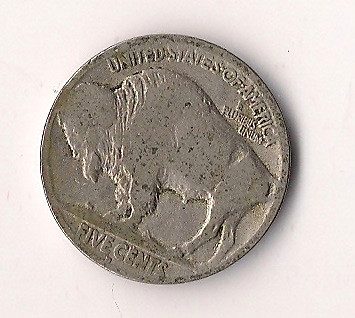
The 1937-D “three-legged” Buffalo nickel has sold for anywhere between $705 and $2,640 at auction from respected grading services, with “gem” status examples selling for over $7,000 on eBay. Experts estimate that around 10,000 of these error coins entered circulation, with possibly only hundreds surviving in top-grade condition. This mistake happened at the Denver mint when a worker accidentally over-polished the die, rubbing off one of the buffalo’s front legs while leaving behind a visible hoof and creating a small raised stream under the buffalo’s belly. In mint state condition, examples regularly sell for $5,000 to $9,000, with the finest example selling for $85,000 in 2016. The missing leg makes this coin so distinctive that even novice collectors can spot it easily.
Understanding the 1918/17-D Overdate – The Holy Grail

According to PCGS, the 1918/17-D five cents has been justifiably recognized as one of the most important 20th-century numismatic rarities. In February 2024, a stunning example graded PCGS MS65+ sold for a world-record price of $511,875 at auction, making it one of the highest-graded examples in existence. This overdate resulted from the United States’ demand for coins during World War I, when the engraving department was busy producing dies and accidentally gave one die impressions from both 1917 and 1918 hubs before shipping it to Denver. Note that all genuine 1918/17-D nickels have a mintmark that tilts to the left. Today, experts estimate about 7,000 examples exist in all grades combined, which is relatively low for a circulated coin in such a popular series.
The 1916 Doubled Die Error – When Mint Workers Made Mistakes

The 1916 doubled die error occurred when the die was accidentally engraved twice, creating a doubled image most visible on the date and the word LIBERTY, making genuine examples extremely rare and valuable. PCGS has certified approximately 200 specimens of this ultra-rare coin, with most in circulated grades ranging from VG8 to XF40, and uncirculated grades being extremely scarce. Prices span a wide spectrum, with lower-end specimens graded G4 fetching around $5,000, mid-circulated grades like VF20 commanding $15,000, and PCGS estimates only ten examples exist in uncirculated grades. One incredible specimen graded PCGS MS64 fetched nearly $282,000 at auction. These dramatic price differences show how condition dramatically affects value in the coin world.
Date and Mintmark Combinations That Signal Big Money

The date and mintmark offer critical clues about a coin’s origin and potential value, with early issues like those from 1913 and nickels from Denver (D) or San Francisco (S) mints often being scarcer than Philadelphia issues. Low mintage numbers of San Francisco Buffalo nickels make most dates the scarce issue for their year, with only 118 million struck across all years combined, making many of the key and high-value nickels the San Francisco coins. Denver’s early year examples from 1913 to 1926 are all high premium coins, and surprisingly, the last year Buffalo nickel from 1938 was minted only at Denver, adding to its popularity and collector demand. Understanding mint marks helps collectors target rare nickels from low-mintage facilities – look just below Monticello on Buffalo nickels for “D” (Denver), “S” (San Francisco), or no mark for Philadelphia.
Grading and Condition – Why Surface Quality Matters So Much
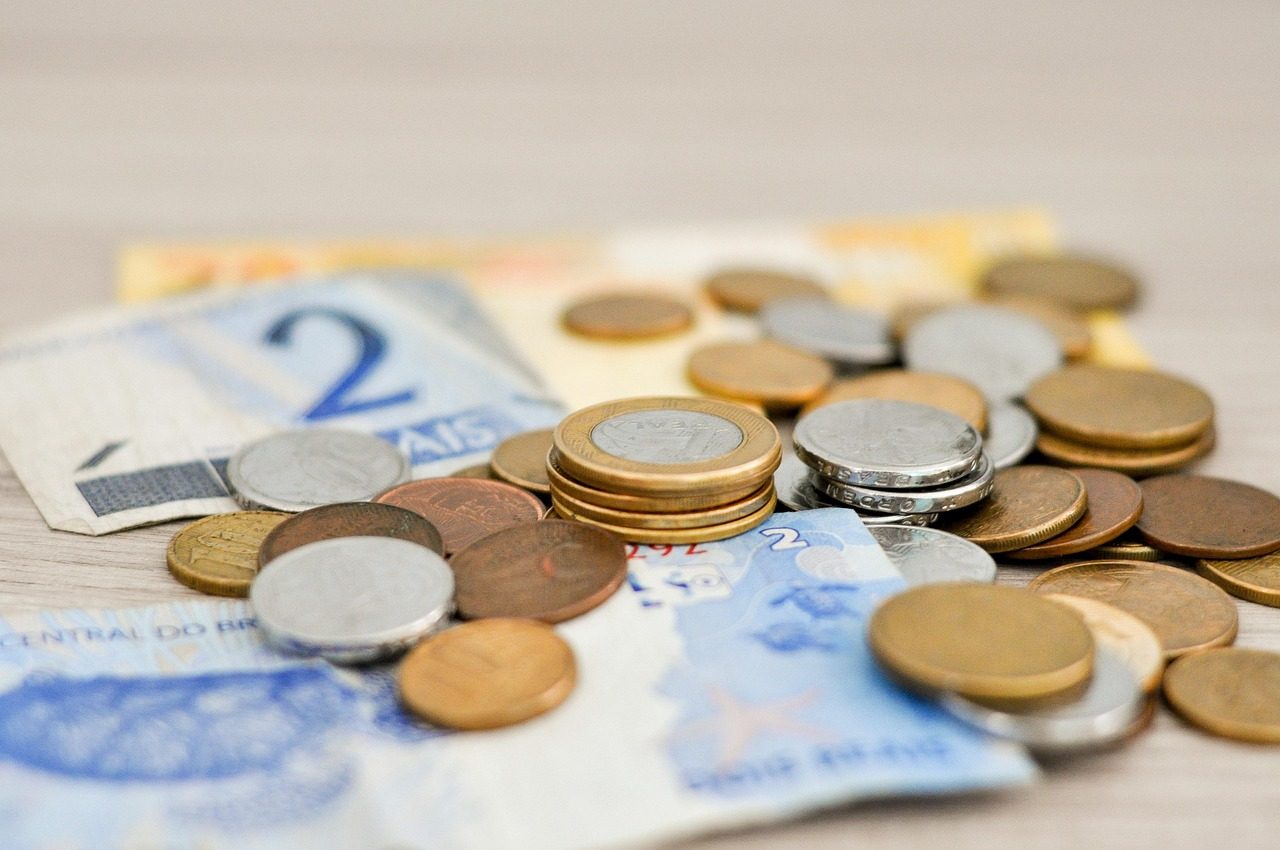
A coin’s grade ranging from Poor to Uncirculated can dramatically impact its worth, with heavily worn nickels with missing dates worth only a few cents, while well-preserved examples with sharp details and original luster can sell for hundreds. Using single light source and magnification, first inspect for a clear date since the date area is high in relief on Buffalo nickels and quickly wears, with a bold date placing your coin in upper grade ranges. Buyers need to be very careful of ‘sliders,’ lightly circulated coins that attempt to pass as mint state, as these coins were pulled from circulation in 1937/38 by collectors and correctly grade AU50 to AU58+. Professional grading services help establish authentic condition and maximize market value.
The Most Expensive Buffalo Nickels Ever Sold
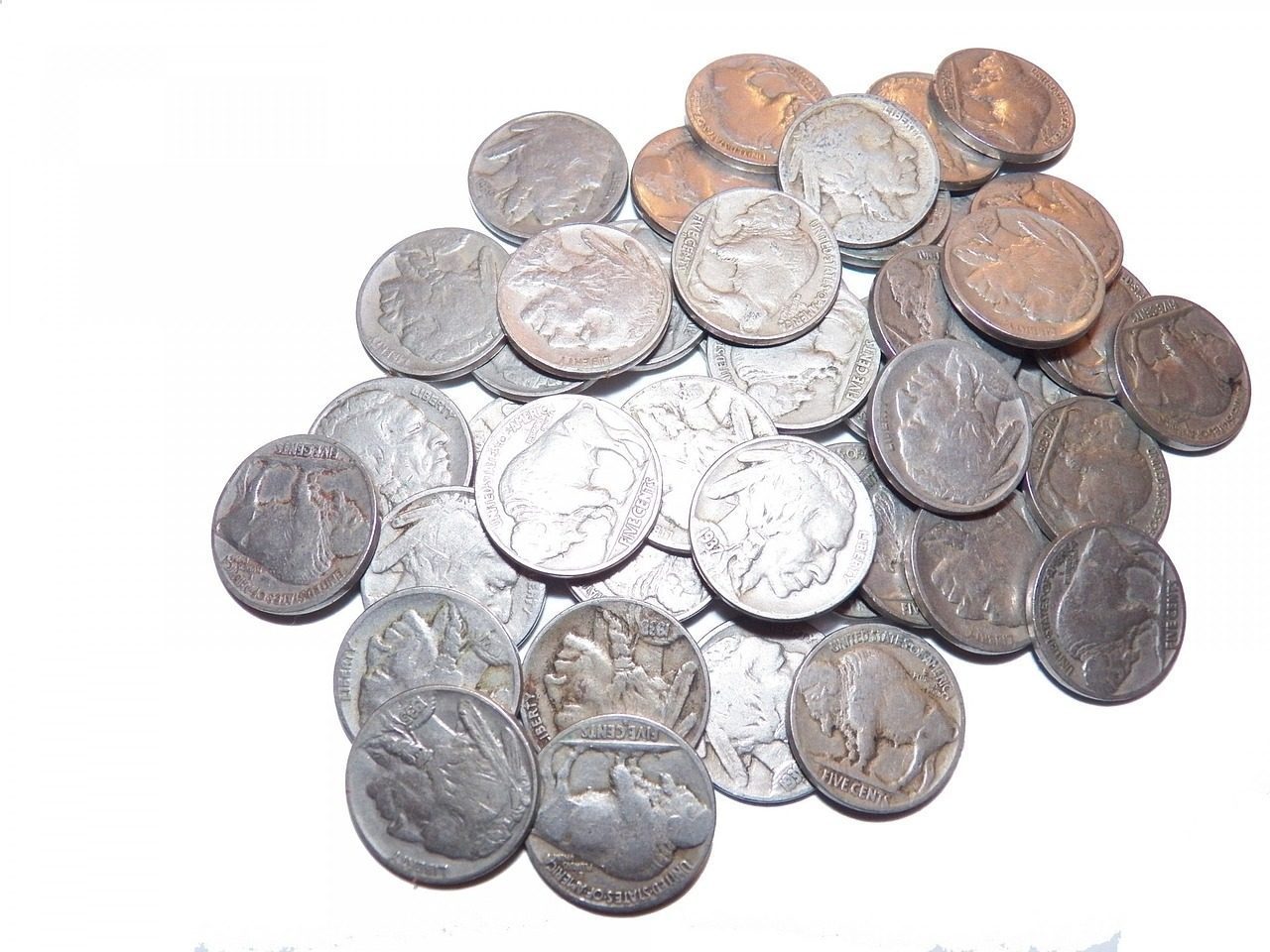
Buffalo nickels found in coin jars or inherited collections can be worth anywhere from a few cents to hundreds of thousands of dollars, with values typically ranging from $1 to over $1,000 depending on date, mintmark, condition, and rarity. Recent auction records show the 1918/17-D Buffalo nickel achieving a world-record $511,875 in February 2024. The three-legged error variety can command significant value, especially in mint state condition where it can be worth up to $150,000, with Philadelphia specimens fetching around $30,000 and Denver counterparts reaching similar values. Other notable sales include a 1919-S that broke auction records in 2016 when an MS66+ coin sold for $105,750. These astronomical prices prove that condition and rarity create incredible premiums in the Buffalo nickel market.
Common Buffalo Nickels That Still Have Premium Value

Even the regular 1918-D Buffalo nickel, overshadowed by its famous overdate sibling, surprises collectors with prices ranging from $22.50 in G-4 to $3,750 in MS-65, proving it’s tougher than many realize in all grades. Philadelphia mint produced over 900 million Buffalo nickels throughout the series, making most old nickels found today Philadelphia issues, yet many collectors find these coins appealing and affordable in higher condition, creating steady demand. According to NGC Price Guide, a 1936 Buffalo nickel in uncirculated condition ranges between $90 and $45,000, with pristine examples selling for the higher amounts on the open market. Even common dates reward collectors who find them in superior condition. This data clearly shows that even modest five-cent denomination coins can grow into tens of thousands of dollars when rarity and condition align perfectly.
How to Authenticate and Avoid Counterfeits
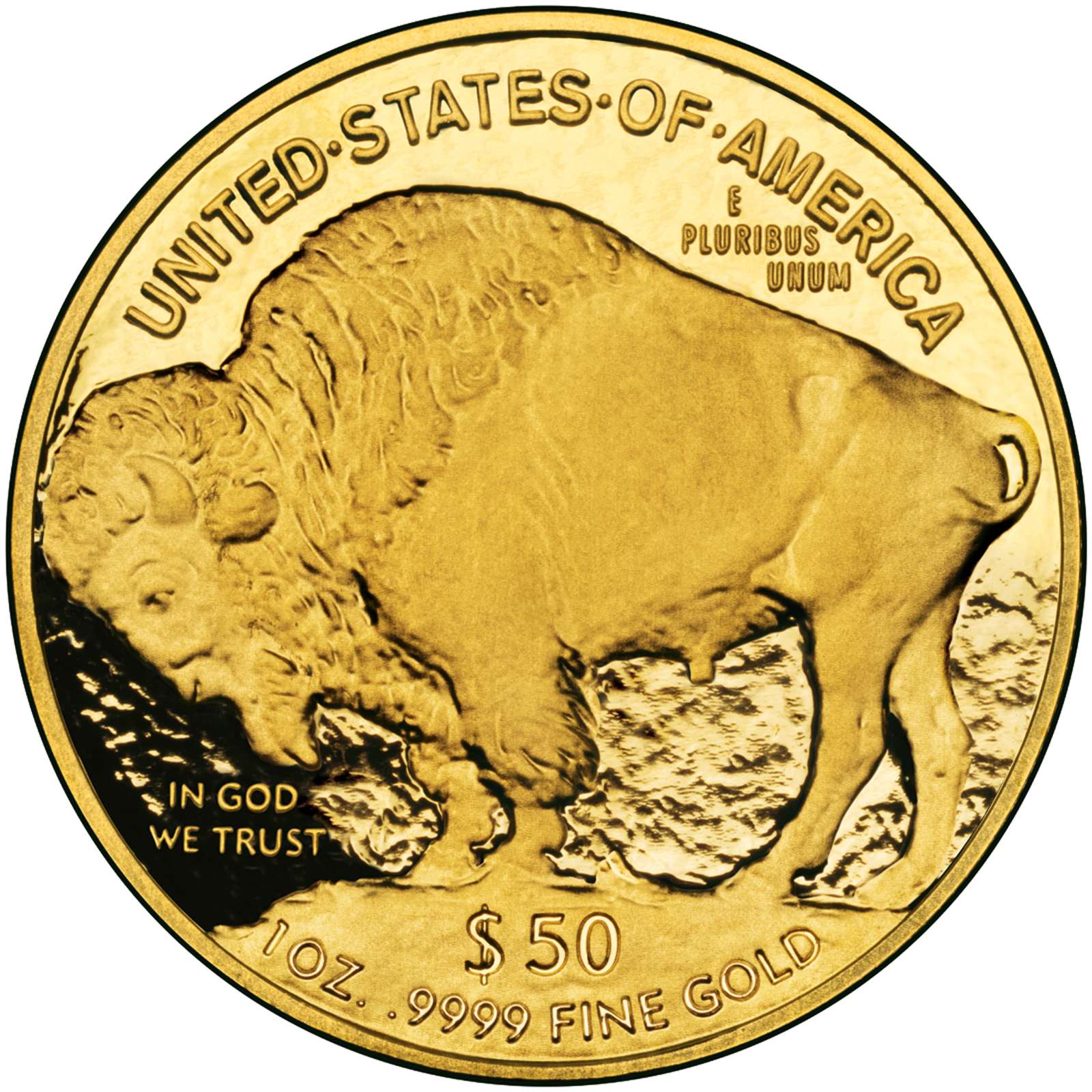
Since errors like the three-legged buffalo can be counterfeited, the best way to ensure authenticity is having coins graded by third-party services or purchasing from reputable dealers. A diagnostic feature of the genuine 1937-D three-legged variety is the “stream” that appears beneath the bison’s belly – if this feature is not present, beware of an altered coin. While collectors can easily identify genuine doubled dies, there are other 1916 Buffalo nickels with less valuable forms of doubling, so collectors seeking rare specimens are advised to purchase examples graded and encapsulated by PCGS. Always consult reputable coin dealers or seek professional appraisals, as certified grades from reputable services help ensure accuracy and maximize market potential. Professional authentication protects both your investment and ensures you’re getting genuine rarities.
Where to Find Buffalo Nickels Today
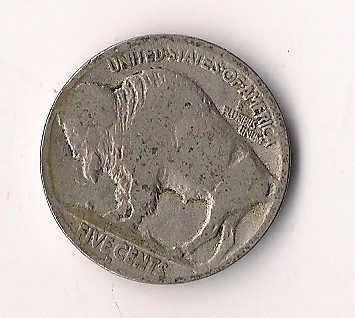
Collectors hunting for rare nickels often search loose change and bank rolls, as some coins still surface from small hoards and forgotten stashes, with valuable 20th-century nickels slipping through production cracks or from short mint runs. Today’s pocket change can yield rare modern nickels alongside classic finds, with certain low-mintage issues remaining in circulation waiting to be discovered, and even old Buffalo types occasionally appearing in circulated condition. After news of major sales hit, more people started checking their change jars and old wallets, with coin collecting booming as newcomers learn about errors and history. Even if you don’t find a $600,000 gem, it’s fun to think one might be out there, so next time you get change, give it a peek – you could be the next big discoverer. Estate sales, coin shows, and online auctions also offer opportunities for serious collectors.
Essential Tools for Buffalo Nickel Hunting

For hunting these treasures, keep it simple by looking for clear dates on the front near the bottom, checking the buffalo’s legs on the back for missing parts or odd shapes, using a magnifying glass to spot doubled letters or numbers, and getting coins checked by professionals if they seem unusual. Tilting coins under light at different angles helps find subtle details, and comparing to grading images helps find the grade closest to your coin’s condition. Remember that coins in great shape without much wear are best, and while most are worth just a dollar or two, rare ones can change lives. A decent magnifying glass, good lighting, and reference books or apps make the difference between spotting treasures and missing opportunities. Professional coin dealers and grading services become essential partners when you find something promising.
The Future Market for Buffalo Nickels

These coins offer a unique blend of historical intrigue and financial promise, representing a fascinating starting point for collectors, whether driven by passion for history or investment allure, promising a rewarding experience blending discovery with appreciating value. While no known mintage figures exist for error varieties like the 1937-D three-legged Buffalo, experts believe approximately 10,000 survive with most in circulated grades, and interestingly, news of this variety hit the public early, causing many to be pulled from circulation within months. Fame and recognition don’t always translate to top auction prices, as condition rarity, total population, and collector demand all factor into final valuations in the numismatic marketplace. The combination of limited surviving examples in top grades and growing collector interest suggests these coins will maintain strong values. As more people learn about their potential worth, finding examples in circulation becomes increasingly unlikely, potentially driving up prices for quality specimens.
Conclusion

Buffalo nickels represent one of America’s most beloved coin series, where history meets opportunity in your pocket change. From the legendary $601,000 pizza money discovery to three-legged buffalo errors selling for thousands, these coins prove that careful observation can uncover serious treasure. This nickel’s tale shows treasures can hide in plain sight. Whether you’re checking dates, examining mint marks, or looking for missing buffalo legs, remember that knowledge and patience are your best tools in this fascinating hunt.
What treasures might be waiting in your change jar right now? Start looking – you never know what you’ll discover.
Real Stories from Collectors Who Struck Gold
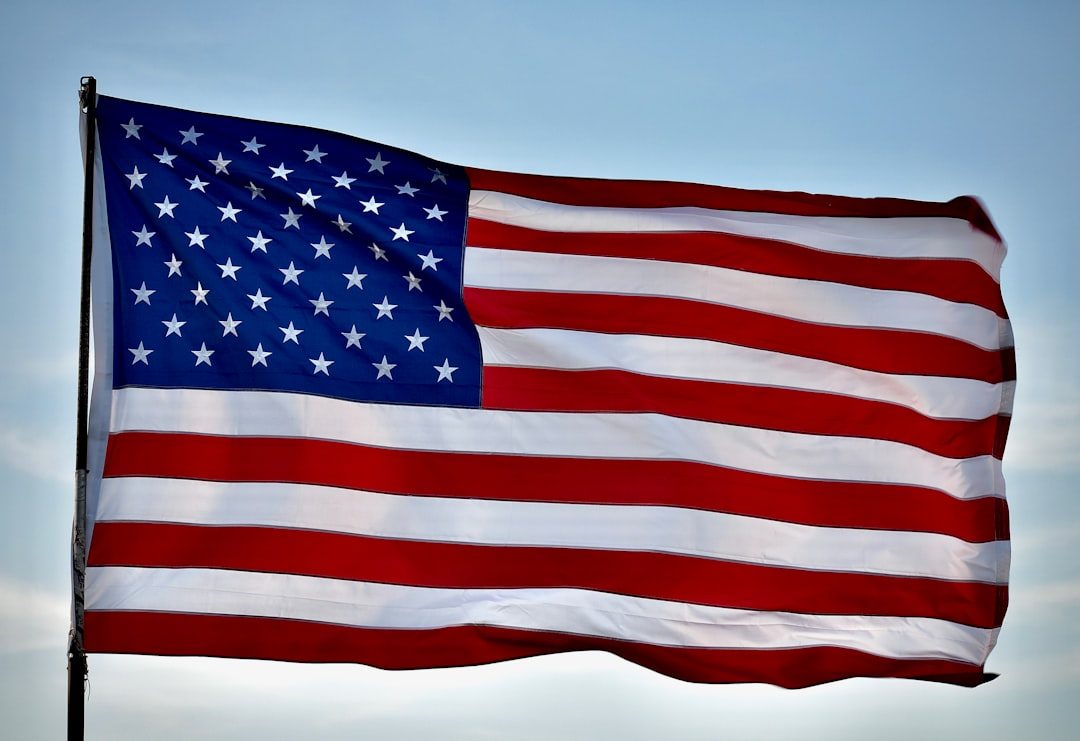
You’d be shocked how many regular people have stumbled onto fortune with buffalo nickels they almost spent at the grocery store. Take Sarah Mitchell from Ohio, who inherited her grandfather’s coin jar in 2019 and discovered a 1937-D three-legged buffalo mixed in with common change – it sold for $18,500 at auction, paying off her student loans in one shot. Then there’s retired teacher James Cooper, who bought a box of old coins at an estate sale for twenty bucks and found three overdate nickels that netted him over $40,000. These aren’t professional numismatists or wealthy collectors – they’re everyday folks who took the time to look closely at what they had. The internet’s buzzing with similar stories, from a teenager in Texas who found a valuable doubled die in his dad’s dresser drawer to a woman who checked her late mother’s purse and discovered $12,000 worth of rare buffalo nickels. What makes these stories so compelling isn’t just the money – it’s the reminder that life-changing discoveries really do happen to ordinary people who stay curious and pay attention.

